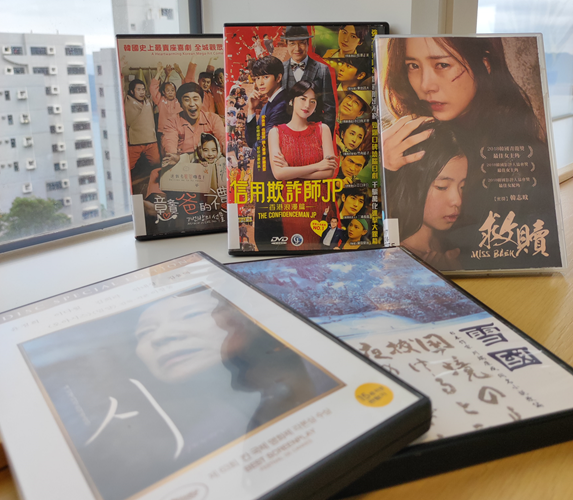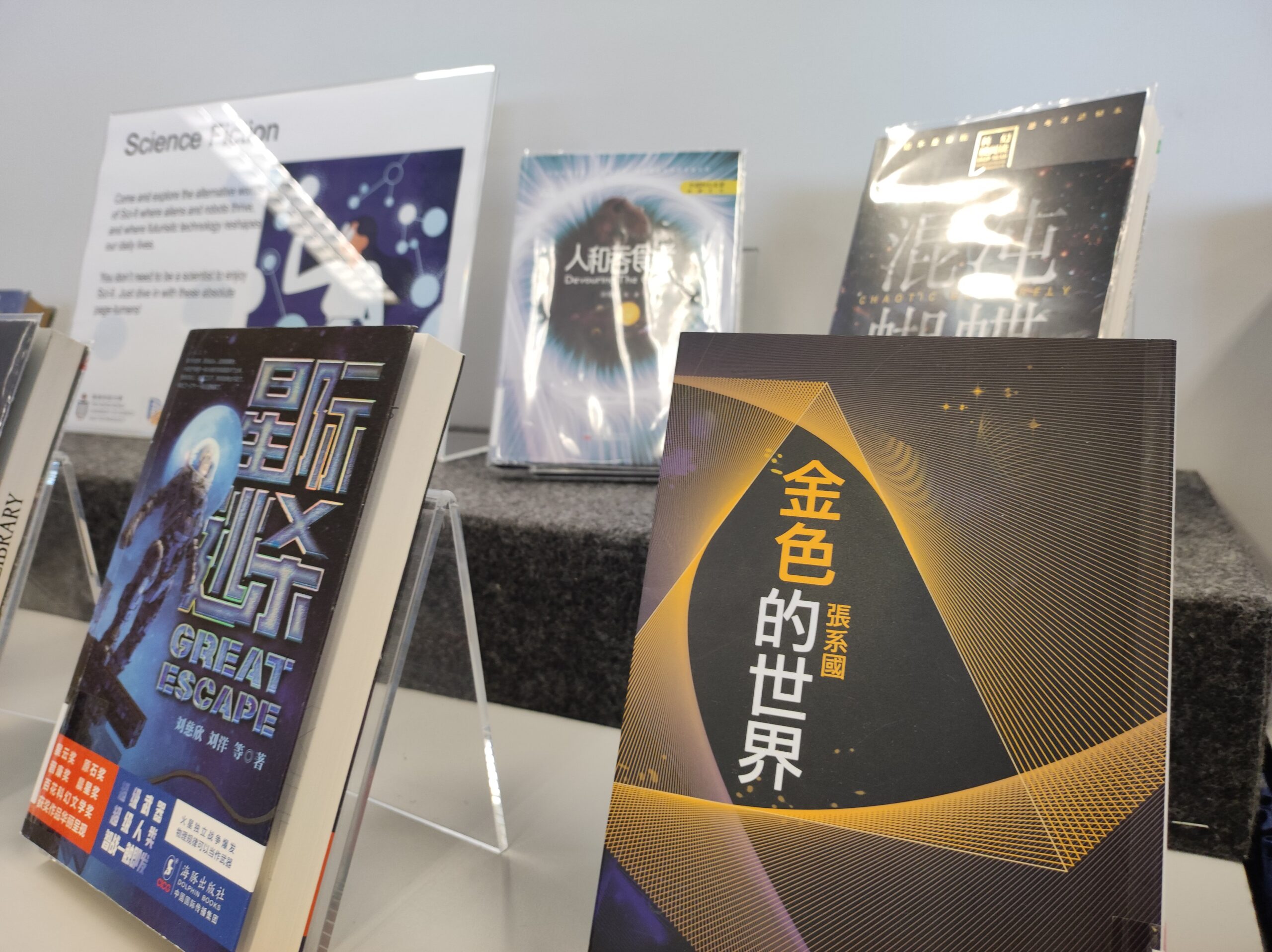If you have ever been to one of the congregation ceremonies at HKUST, you might be wondering ─ what is that long stick the procession leader is carrying? A staff of some sort, perhaps, but what is it for?
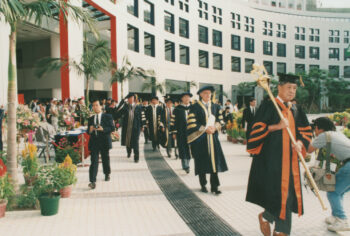
Despite its unconventional appearance, this is the University’s ceremonial mace. Most universities have a ceremonial mace displayed on formal occasions like congregations, and HKUST is no exception. Ours is unique in two ways. It is longer than traditional ceremonial maces, measuring over 1.5 meters and weighing in at over 15 kg (35 pounds) ─ as heavy as a small child! And it sports a sleek and modern design that features our university’s emblem, much unlike the ornate designs used by monarchies or other older universities.
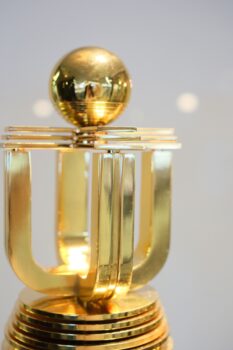
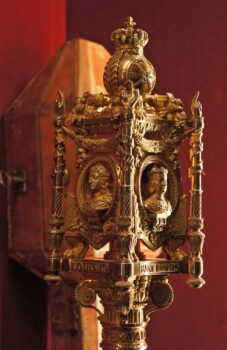
Left: A close highlight of the HKUST mace, HKUST Library
Right: Chancellor’s mace, figure of Louis XIV, of Saint-Louis at the Palais du Tau, G. Garitan, CC BY-SA 3.0, via Wikimedia Commons
Where did maces come from? Why do they appear in university ceremonies?
Maces were originally intended to be blunt weapons much like clubs or staffs. In medieval Europe, they were used by royal guards to protect their kings. From their grandiose appearance today, you would never guess that they were once simple yet brutal weapons used to bash in heavy armor and skulls alike!
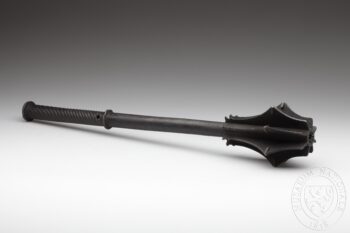
As strong and effective weapons, especially those with ties to the royal family, maces became natural symbols of power, history, and authority. Throughout the ages, the designs of maces grew increasingly elaborate, focusing on aesthetic beauty, especially as their holders became more affluent. Meanwhile, as traditional cold weapons gave way to modern gunpowder, maces retired from the battlefield and became symbolic items only to be used ceremonially.

Initially used by governments for formal occasions such as coronations, along with other regalia such as robes, crowns, and orbs, the use of maces in ceremonies gradually spread to other institutions, including universities. In some countries, the symbolic authority of maces remains significant to this day. For instance, the UK Parliament cannot lawfully meet, debate, or pass laws without the presence of the Royal Mace!
At HKUST, where can we see the Mace?
Nowadays, universities use maces during congregations or in interschool sports games ─ as part of the marching band, thankfully not for interschool combat ─ representing the university’s authority. They are usually carried at the front of a progression by special officials or leaders, called the mace-bearer. In the case of HKUST congregations, senior faculty members who are strong enough to lift the heavy mace for extended periods of time are designated as the mace-bearer.
Usually, you would only be able to see the University mace a few times a year during ceremonies, but it is currently on exhibit at the 1/F in the Library. Come and visit the exhibition The Story of HKUST’s Birth, and see the Mace with your own two eyes!
Giann Chung
Year 3 Student, School of Engineering
Views: 1410





